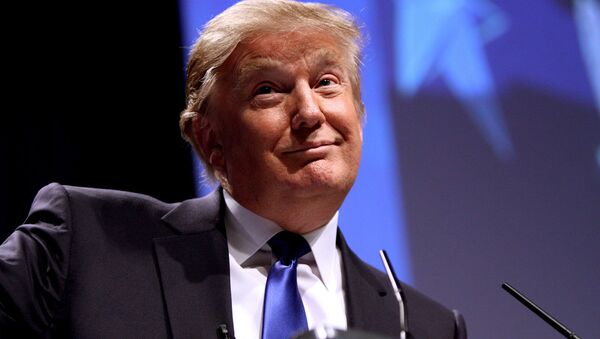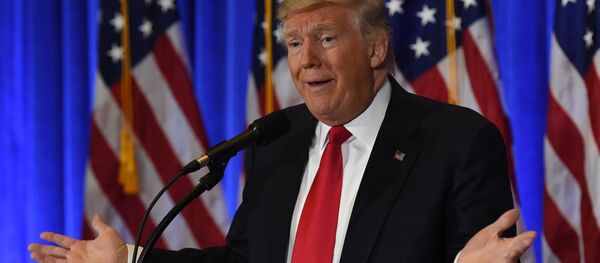Spending cuts would be focused on discretionary funds and would not affect mandated programs including Social Security or Medicare. The Washington Examiner reported that any funds leftover from these cuts could go to tax cuts, boosting the military budget and possibly include controversial endeavors including an infamous proposed wall that would partition Mexico from the US.
Over four years, "landing teams" in different Cabinet agencies will be responsible for overseeing staff cuts through reorganization, a hiring freeze and attrition. Conservative elements in Washington that have long desired such cuts firmly support the plan.
As federal spending skyrockets, Trump has chosen Rep. Mick Mulvaney (R-SC), a stickler for keeping government under control, as head of Office of Management and Budget.
Trump will likely see the strongest opposition coming from federal Unions and the Democrats, who tend to have the support of workers.
Watchdog agency the Government Accountability Office released a report Tuesday stating that the imbalance between revenue and spending could place "the federal government on an unsustainable long-term fiscal path." According to the GAO, if US spending patterns do not change, by the year 2090 national debt could reach up to three times the gross domestic product.
Public debt in America stands at roughly $14.2 trillion, and the report notes that, "These figures are only expected to grow."




